1 of 6
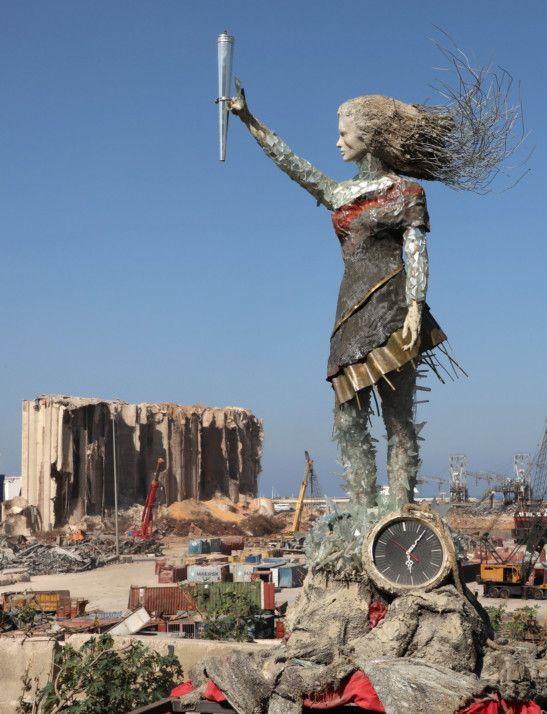
2 of 6
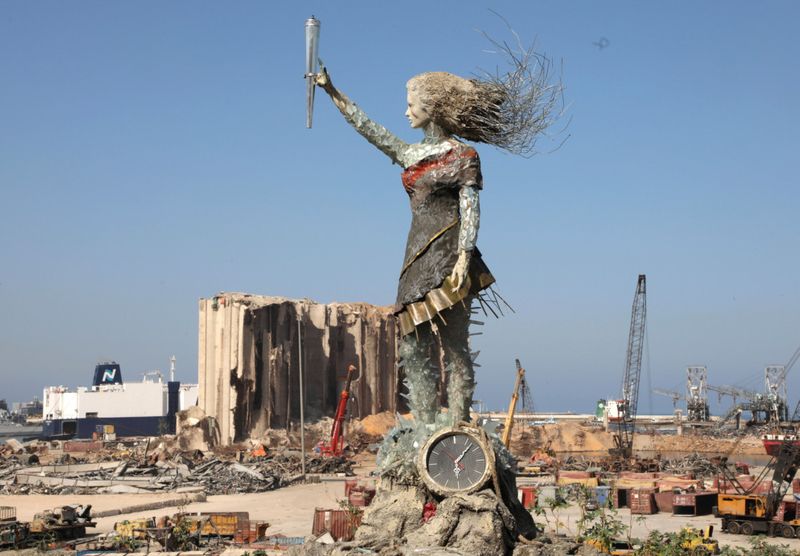
3 of 6
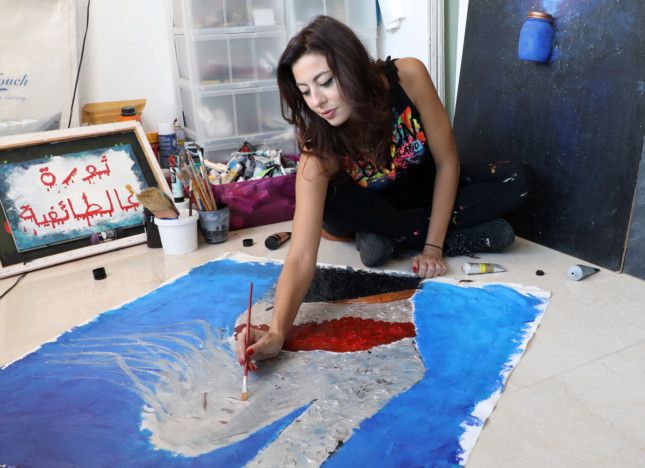
4 of 6
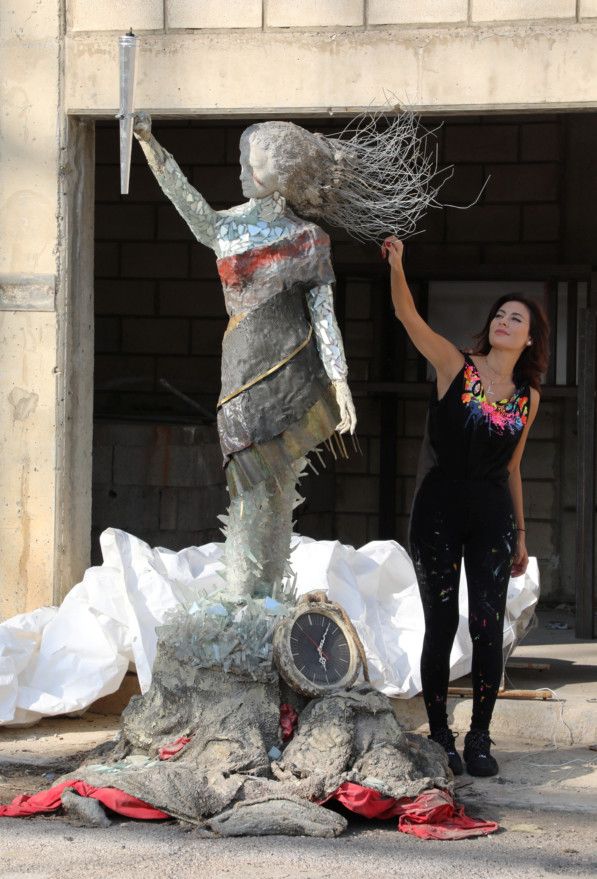
5 of 6
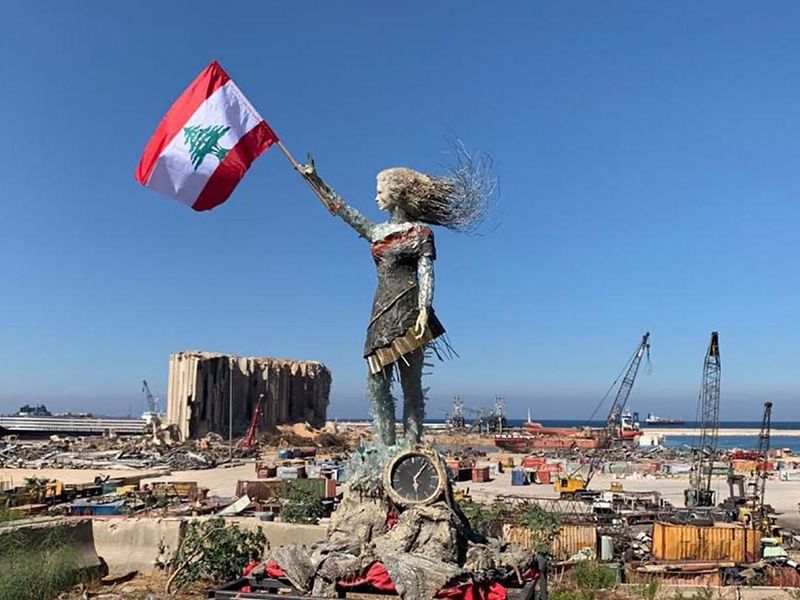
6 of 6
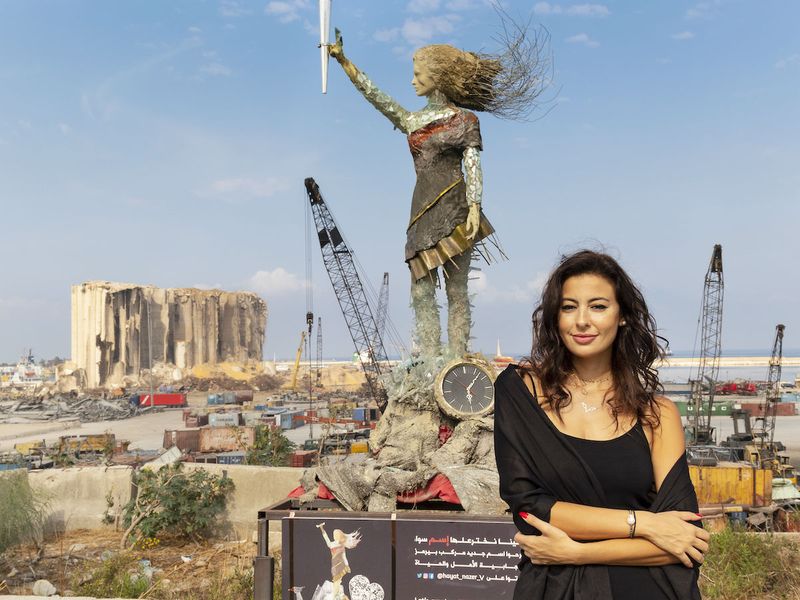
Artist uses rubble from Beirut explosion to fashion a sculpture that speaks nation's pain





